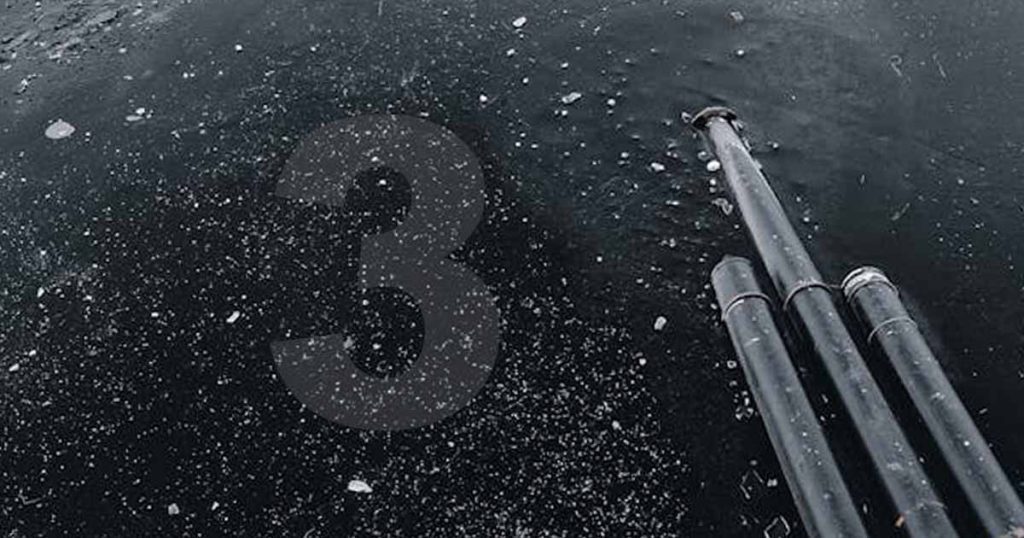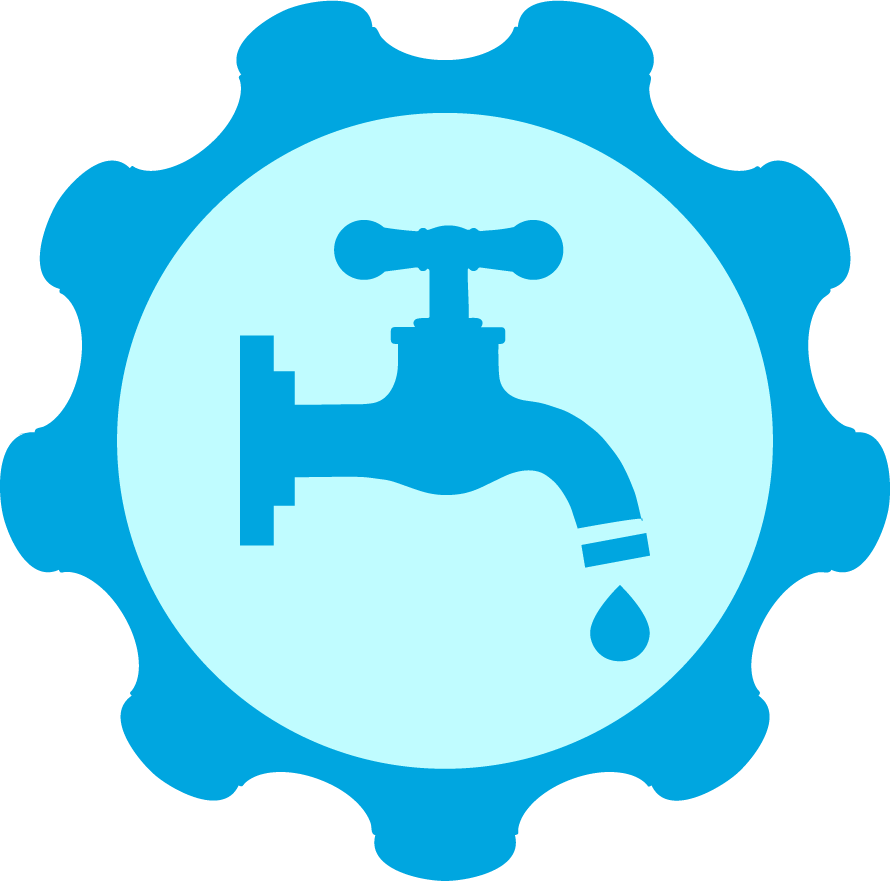3 Tips to Prevent Frozen Pipes This Winter

While snowy weather can be picturesque, freezing temperatures often spell trouble for a home’s plumbing system. One common issue is frozen pipes, which can disrupt daily routines—no hot showers or running water in the kitchen—and lead to costly damage if they burst. A little winter preparedness can go a long way toward protecting your home from these cold-weather headaches.
Below are three simple steps to help winterize your pipes and reduce the risk of freezing.
Table of Contents
1. Bring Outdoor Items Indoors
Why It Matters:
When the temperature drops, exterior plumbing fixtures (like garden hoses, fountains, and sprinklers) can become vulnerable to freezing. Water left in hoses or connected appliances can expand when it freezes, causing burst pipes or damaged equipment.
How to Do It:
- Disconnect and Drain: Turn off the water supply to outdoor systems. Run sprinklers one last time, and allow any remaining water to flow out of garden hoses.
- Clean: Before storing, rinse off dirt and debris, then dry the items thoroughly to prevent mold or mildew.
- Store Properly: Keep these appliances in a warm, dry place, like a garage or storage shed, until the weather warms up.
2. Insulate Exposed Pipes
Why It Matters:
Pipes in unheated or colder areas of your home (e.g., unfinished basements, crawl spaces, or behind kitchen cabinets near exterior walls) are more likely to freeze. An insulation layer can help maintain the water temperature and prevent major clogs or bursts.
How to Do It:
- Identify Vulnerable Pipes: Look for plumbing lines close to exterior walls or in unheated spaces.
- Choose Insulation: Affordable foam pipe sleeves or fiberglass insulation can be easily cut to size.
- Wrap Thoroughly: Follow manufacturer instructions and secure materials snugly around the pipe.
Pro Tip: While you can handle essential insulation yourself, PlumberHelp can connect you to licensed plumbers who can offer advice, inspect hidden lines, and provide professional insulation if needed.
3. Let Faucets Drip
Why It Matters:
It might seem counterintuitive to waste water, but letting a small stream (or drip) of water flow can effectively prevent ice blockages. Even a slow trickle keeps water moving enough to reduce pressure within the pipe—lessening the likelihood of freezing.
How to Do It:
- Choose the Right Faucets: Focus on those located along outside walls or in areas that tend to get colder.
- Slow Drip: You don’t need a steady stream—just a few drops per second can make a difference.
- Timing: Do this when temperatures dip into the 20s Fahrenheit or lower.
Bonus Tips: Protect Your Home and Wallet
- Keep Your Home Warm: Seal cracks and openings around doors, windows, and foundations to stabilize interior temperatures.
- Open Cabinet Doors: Allow warm air to circulate pipes under kitchen and bathroom sinks.
- Monitor Thermostat: Maintain a consistent indoor temperature—especially if you’ll be away from home.
When to Call a Professional
If you suspect a frozen pipe, notice a dramatic drop in water pressure, or detect leaks after a cold snap, it’s best to consult a licensed plumber. PlumberHelp can match you with experienced professionals in your area who can:
- Thaw frozen pipes without causing further damage.
- Repair or replace any burst sections to prevent water damage.
- Advise on long-term solutions—such as rerouting exposed pipes or upgrading insulation for better protection.
Frozen pipes can lead to inconvenience, property damage, and unexpected expenses. Winterizing outdoor fixtures, insulating exposed pipes, and letting faucets drip’ll significantly lower your risk of costly mishaps this season.
Suppose you need expert guidance or suspect a freeze-up has already occurred. In that case, PlumberHelp makes it easy to connect with licensed plumbers who can quickly resolve the issue and keep your home’s plumbing running smoothly—even in the coldest weather. Stay proactive, stay safe, and keep those pipes warm this winter!
